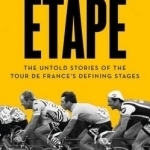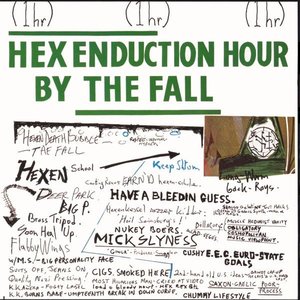Debates in Geography Education
Book
Debates in Geography Education encourages early career teachers, experienced teachers and teacher...

Positive Computing: Technology for Wellbeing and Human Potential
Rafael A. Calvo and Dorian Peters
Book
On the eve of Google's IPO in 2004, Larry Page and Sergey Brin vowed not to be evil. Today, a...

Isaac Rosenberg: 21st-century Oxford Authors
Book
This volume, part of the the 21st-Century Oxford Authors series, presents all of the surviving...

How to Build a Car: The Autobiography of the World's Greatest Formula 1 Designer
Book
The world's foremost designer in Formula One, Adrian Newey OBE is arguably one of Britain's greatest...
biography sport
Marc Riley recommended Hex Enduction Hour by The Fall in Music (curated)

Twin Peaks
Marisa Hayes and Franck Boulegue
Book
David Lynch and Mark Frost's television series Twin Peaks debuted in April 1990 and by June of 1991...

How Evolution Shapes Our Lives: Essays on Biology and Society
Jonathan B. Losos and Richard E. Lenski
Book
It is easy to think of evolution as something that happened long ago, or that occurs only in...

Etape: The Untold Stories of the Tour de France's Defining Stages
Book
In ETAPE, critically acclaimed author Richard Moore will take readers on a virtual Tour de France,...

Hamlet: Text of the Play, the Actors' Gallery, Contexts, Criticism, Afterlives, Resources
William Shakespeare and Robert S. Miola
Book
This Norton Critical Edition of Hamlet features a newly edited text based on the Second Quarto...
Awix (3310 KP) rated Sapphire and Steel in TV
Apr 2, 2020
This is pretty much all we are told about the format of the series - who and what Sapphire and Steel are, what the limits of their powers are, and who they answer to, is never made clear (even the nature of their mission seems to change from story to story). The cryptic, often surreal nature of the series is one of its main attractions, along with the chemistry between the stars (occasional ally Silver, played by David Collings, is also a joy to watch).
The bleak and eerie atmosphere of the stories is consistently impressive, as is the clear understanding of visual style possessed by the makers: stories are filled with startling images and symbols, occasionally drawn from the visual arts (one adversary is basically a Magritte painting brought to life). Always memorable, and never more so than in its final episodes: the sheer unexpected bizarreness of Sapphire and Steel's fate makes it all the more shocking and downbeat. A unique and very distinctive series.


